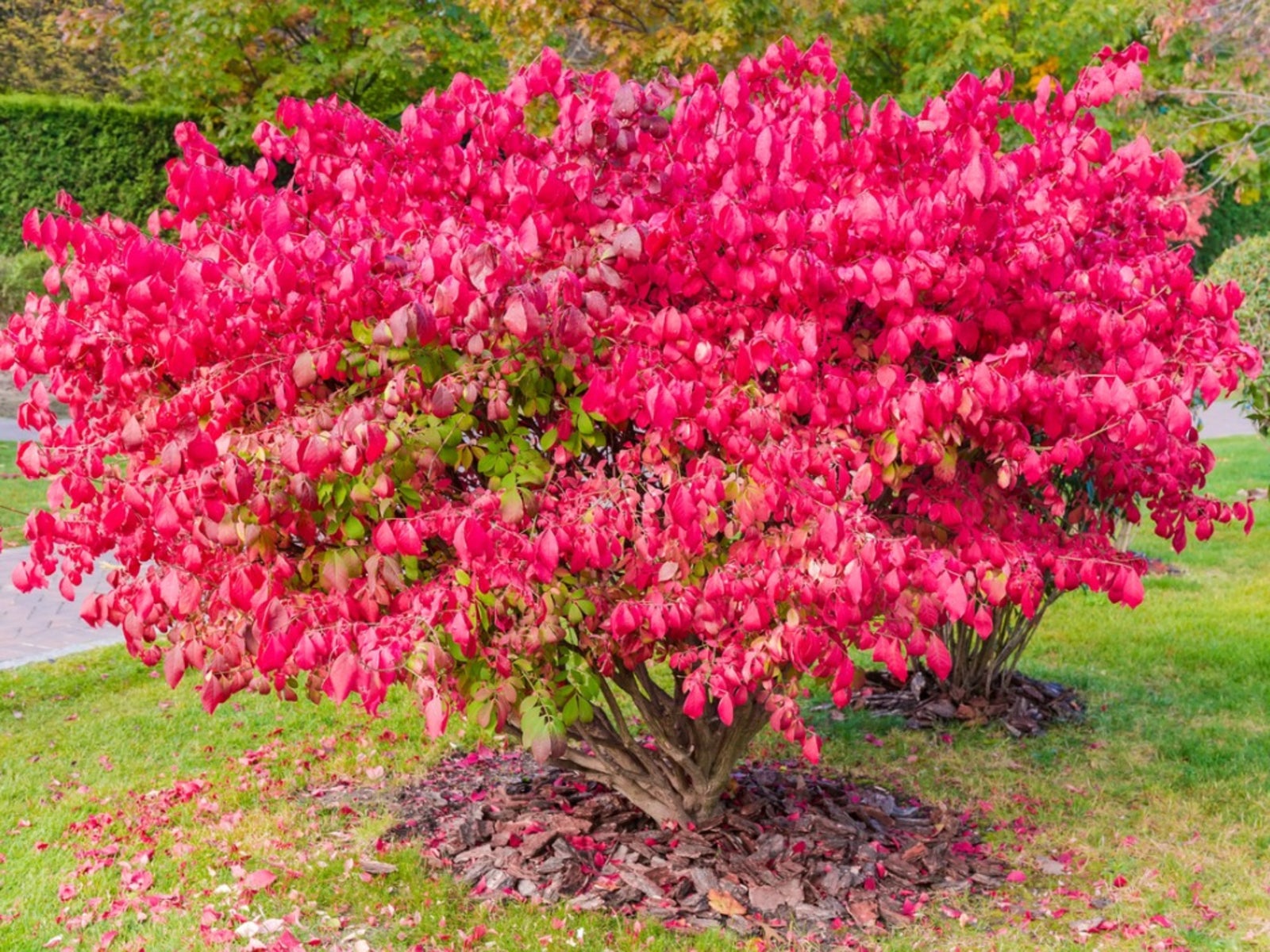Burning Bush Propagation: How To Propagate A Burning Bush


Burning bush (Euonumus alatus) is a tough but attractive landscape plant, popular in mass and hedge plantings. If you need several plants for your landscape design, why not try propagating your own? This article explains how to propagate a burning bush.
Can You Propagate Burning Bush from Seeds?
The easiest and surest way to propagate a burning bush is from cuttings taken in spring. These cuttings from new growth are called softwood cuttings. The stem is at the right stage of maturity to root easily if the tip snaps in two when you bend it in half. Rooting a burning bush from softwood cuttings is not only faster, but it also ensures that you'll get a plant with the same characteristics as the parent shrub. Burning bush grows from seeds, but it is much slower than taking cuttings. Collect the seeds in autumn and place them in a jar of sand. Refrigerate them at about 40 degrees F. (4 C.) for at least three months to encourage them to break dormancy. Plant the seeds in summer when the soil is warm. It takes them about eight weeks to germinate.
How to Propagate Burning Bush Cuttings
Collect burning bush cuttings in the morning when the stems are well-hydrated. The morning after a drenching rain is best, or you can water the shrub the night before. Cut the stem about an inch (2.5 cm.) below the second set of leaves. If you aren't going to take the cuttings indoors right away, place them in a plastic bag with moist paper towels and place them in the shade. Pinch off the bottom set of leaves and cut the top leaves in half if they will touch the soil when you insert the stem 1.5 to 2 inches (4-5 cm.) into the rooting mix. A rooting mix that holds a lot of moisture encourages the lower end of the stem to rot. Choose a mix that drains freely or mix three parts perlite with one part regular potting mix. Fill a pot to within one-half inch (1 cm.) of the top with the mix. Dip the cut end of the stem in rooting hormone, deep enough to cover the nodes where you removed the lower leaves. If using a powdered rooting hormone, dip the stem in water first so the powder will stick to the stem. Use a pencil to make a hole in the rooting mix so that you don't scrape the rooting hormone off when you insert the stem in the pot. Insert the lower 1 1/2 to 2 inches (4-5 cm.) of stem into the rooting mix. Firm the soil around the stem so that it stands upright. Cover the potted stem with a gallon milk jug that has the bottom cut out. This forms a mini greenhouse that keeps the air around the stem moist and increases the chances of successful burning bush propagation. Spray the cutting and the surface of the soil with water when the top of the soil begins to dry. Check for roots after three weeks and every week thereafter. If there are no roots coming out of the bottom of the pot, give the stem a gentle tug. If it comes up easily, there are no roots to hold it in place and the plant needs more time. Remove the milk jug when the cutting develops roots, and gradually move the bush into brighter light.
Sign up for the Gardening Know How newsletter today and receive a free copy of our e-book "How to Grow Delicious Tomatoes".

Jackie Carroll has written over 500 articles for Gardening Know How on a wide range of topics.